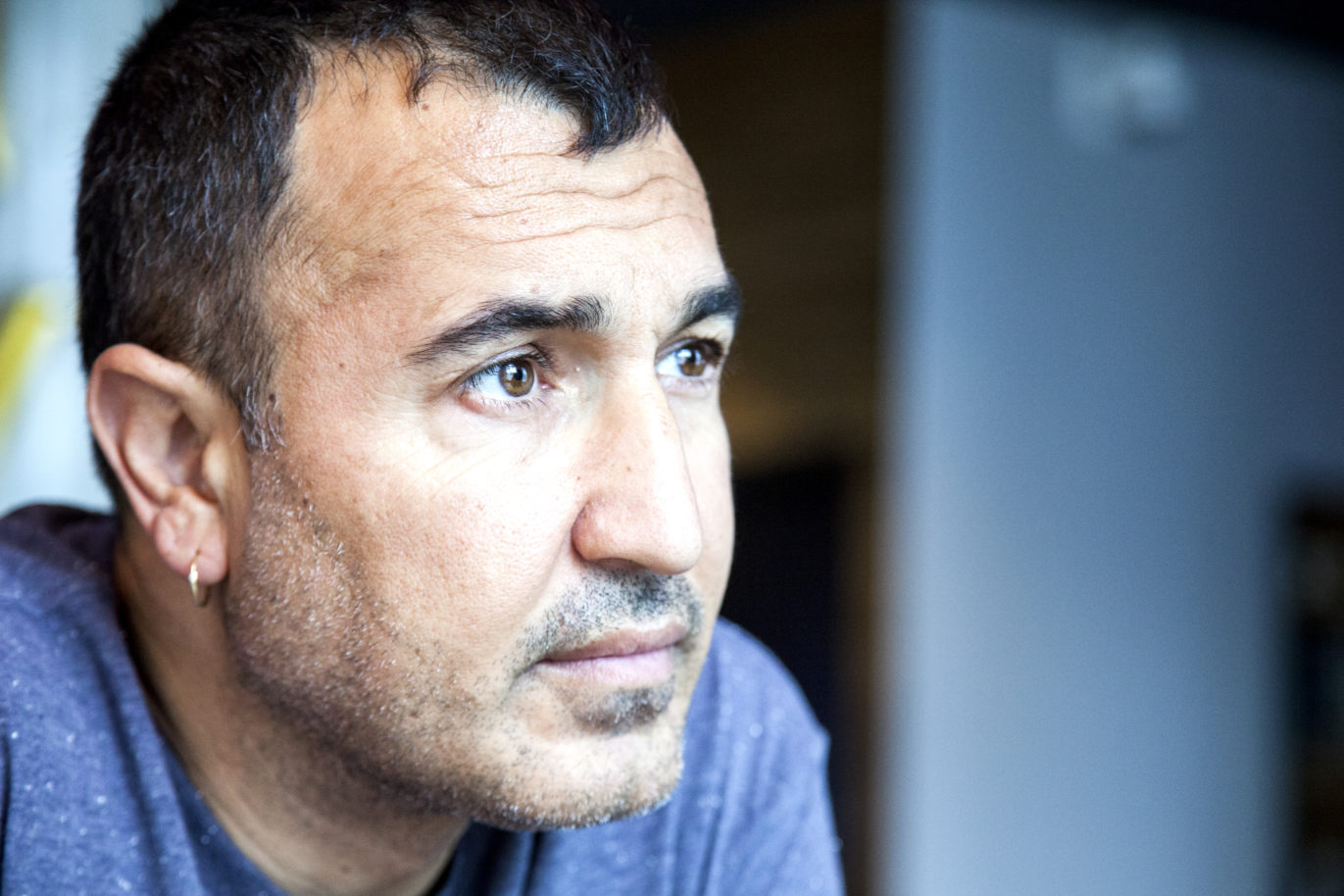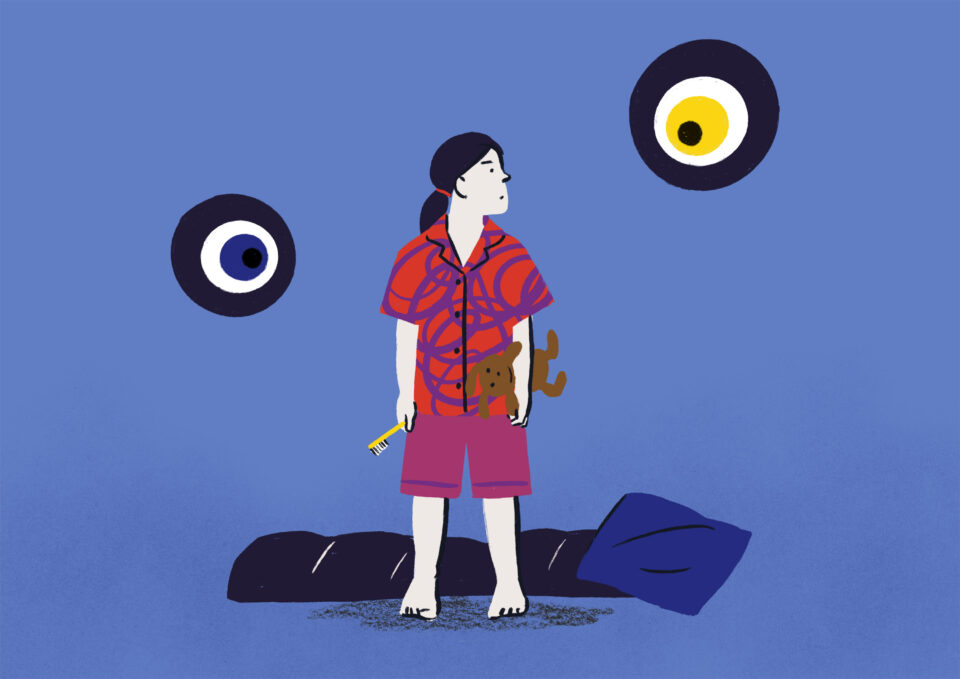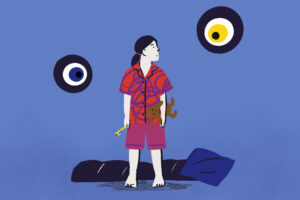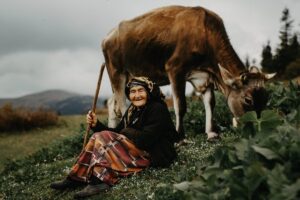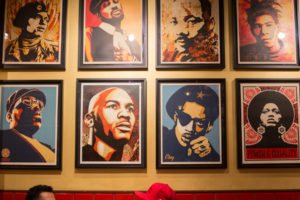
“Sometimes I feel as if I am healing people with my music”, says Cem Yıldız. “In those moments, everyone is on the same wavelength.” The first time I experience famous bağlama player and experimental musician live, I’m in luck: I happen to end up at one of his small, private concerts, which convey just the kind of energy he is talking about. Barefoot, Yıldız is playing for an audience of about 30 people in the attic of a bar in Kadıköy. No one speaks, some dance while seated on the floor, others, such as myself, tap in time on the benches. The music is rhythmic, the atmosphere almost spiritual.
That evening, we agree to meet sometime and speak more about Yıldız and his music. When Yıldız, who has played with some of the biggest Turkish musicians, including Zülfü Livaneli, Sabahat Akkiraz, and Yıldız Tilbe, is in Berlin in August for a performance, we finally have a chance.

Yıldız grew up in a village in Erzincan, in the East of Turkey. At around the age of twelve, he began playing bağlama (saz). After finishing school, he entered the conservatory in Istanbul in order to continue his musical education. During his studies, Yıldız often played in Istanbul’s “türkü bars”, where people go to listen to Turkish folk music. After the conservatory, gigs with famous musicians and soundtrack music contracts followed, something he continues to this day. Yıldız may make a living through türkü, but it is clear that it is much more to him than simply an occupation.
“The saz is important for Alevis, every family has one. If not every family, then certainly every village.”
“For us, türkü is something cultural. It is a part of our life”, is the answer to my question, what türku means to him. “In the village, we heard bağlama from the moment we were born. It is only natural that it is my favourite music. Although I love the old music, I want to enrich it with new sounds.” According to Yıldız, there are three types of türkü musicians – the traditional musicians, the pop musicians, and the experimental musicians. He sees himself in the third category.
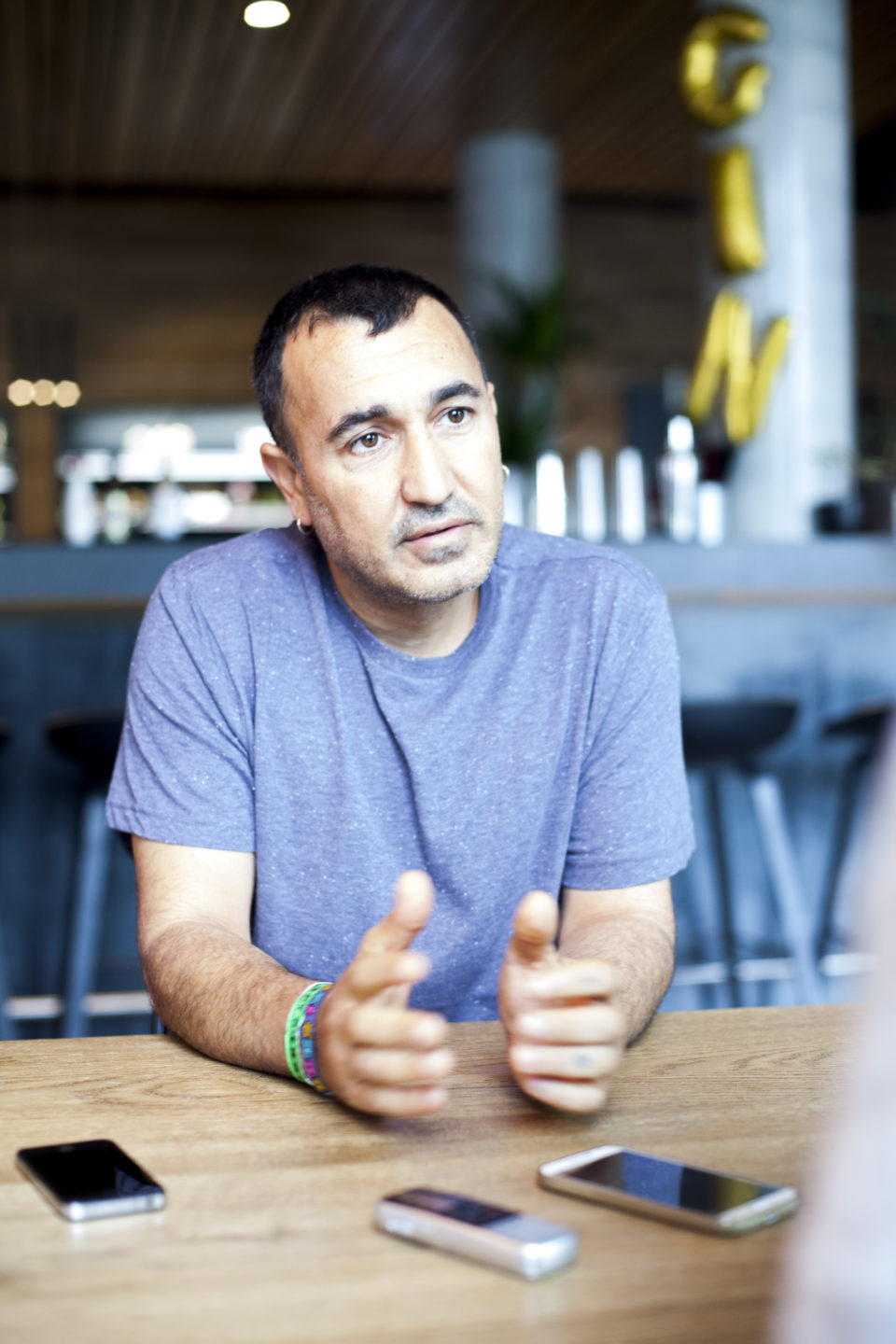
Türkü in a State of Change
“Everything changes, that is only natural’, he says. “I want to be this change!” The impulse came when Yıldız began playing with “Orient Expressions”. Collaborating with the four-man group, which mixes “traditional” and “electronic” music together, showed him what he could achieve with more instruments and technology. Nowadays Yıldız is working on multiple projects, one of which is the experimental group iNSANLAR!. He also experimented combining electronic beats with traditional türkü on his most recent solo album, Cem’ân.
Türkü in Europe
Yet it is Yıldız’ collaborations which are best-known. Shows in Holland, Poland and Hungary are just a few examples. Last year, he played multiple times with iNSANLAR! in Katerblau, whose audience he believes is a perfect fit for his music: “In Turkey, they always want to dance halay. That is not a problem. Still, here the people perceive my music simply as music, without the halay. They dance how they want, and I enjoy that even more.”

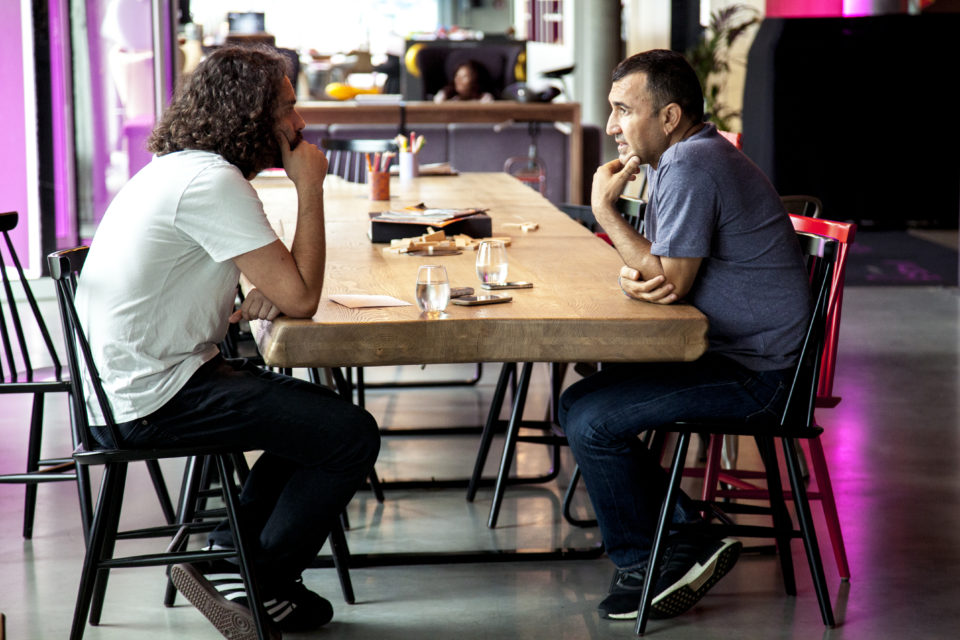
Along with all of his experiments, Yıldız’ sets also offer listeners a link to traditional Turkish music. In fact, he would be happy to see the new, young fans without a connection to türkü begin listening to traditional songs. “Those who have never listened to türkü could begin with our music. Perhaps they will research and find the originals, and like them, too.” Most of all, he would simply like to reach more people: “Of course I also have to earn money, but that is not why I do all of this. The more people I can reach with music, the happier I am.”
Sound like something for you? You can listen to Cem on Spotify and follow him on Facebook!
renk. editor Matze somehow always finds himself stumbling into Turkish musicians. Whenever he is in Istanbul, he meets people who are part of the Istanbul indie scene.
Matze’s Pick: Müjde
Photographs: Sabahattin Kanas
